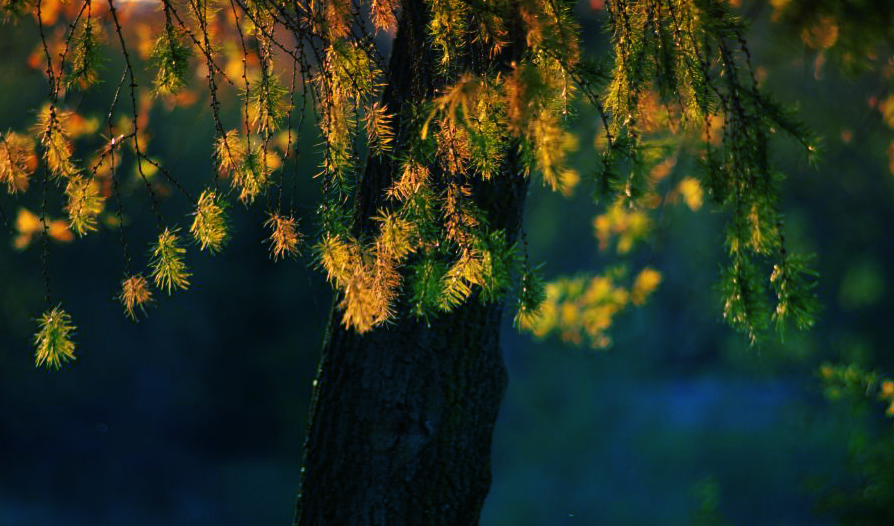Biological Science Goals
The problem space we address in this design research comes from the biological sciences, particularly entomology, botany, and oceanography. In this domain, experts, enthusiasts, and curious members of the general public routinely collect and upload photographs of different living things. A photograph of an insect, plant, or animal, tagged with the date and location where it was taken, can provide valuable scientific data, e.g., on how urban sprawl impacts local ecosystems or evidence of local, regional, or global climactic shifts. However, to be useful, it is necessary to know what the picture is of, expressed in scientific terms, i.e., the scientific name of the species depicted. Some participants have the necessary knowledge (e.g., avid birders can generally identify particular bird species), but many potential participants do not.
To aid in identification of the species of specimens, biologists have developed taxonomic keys, which identify species from their particular combinations of characteristics, known as character-state combinations (i.e., attributes and values). The specific characters and states vary by taxon, but are broadly similar in structure. For example, a moth character might be its "orbicular spot," with states including, "absent," "dark," "light," etc. Given sufficient characters and states, it is possible to identify a photographed specimen to a specific family, genus, species, or even sub-species.
To support the biological science goal of image classification, we have developed several games and tools that let ordinary members of the public undertake to classify various photos of living things. Over time, if enough people help out, this project will produce a very large data set of classified photos that will be very useful to natural and biological scientists in a variety of fields!




